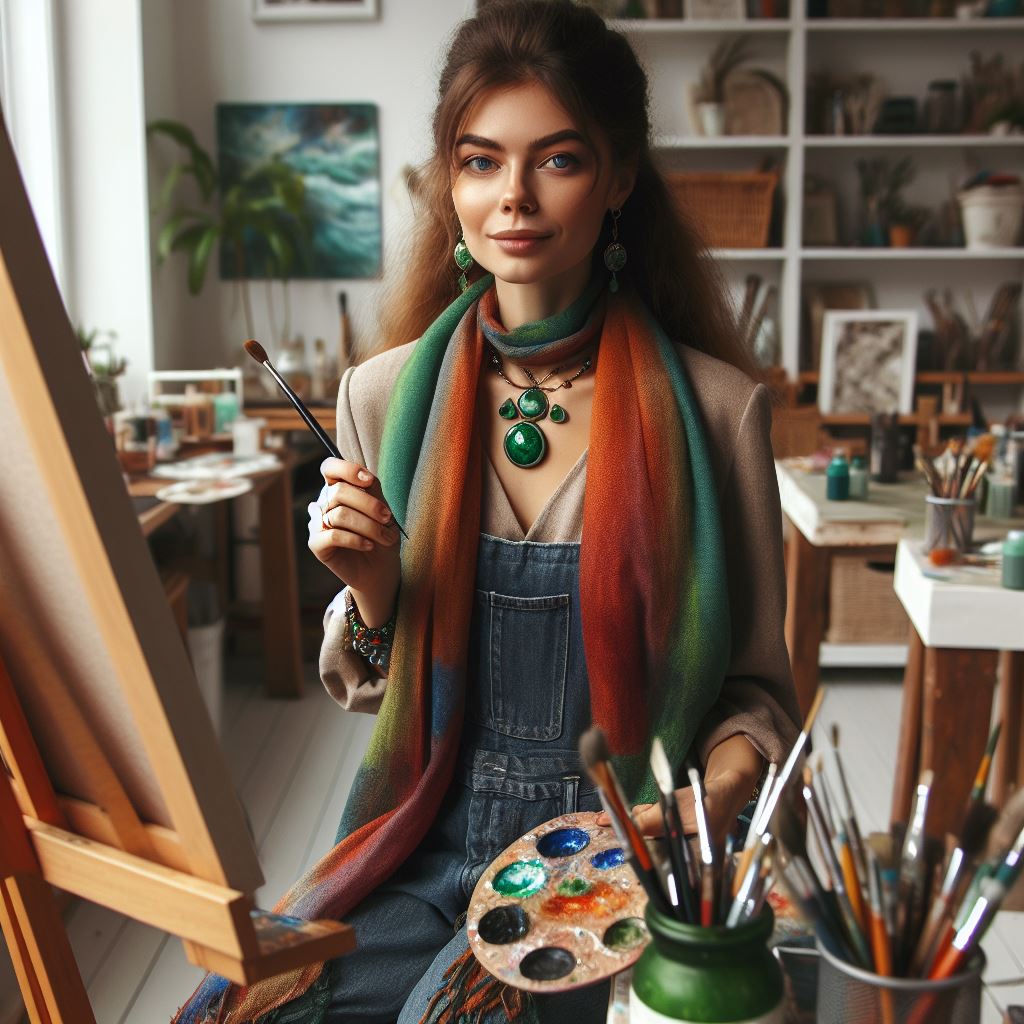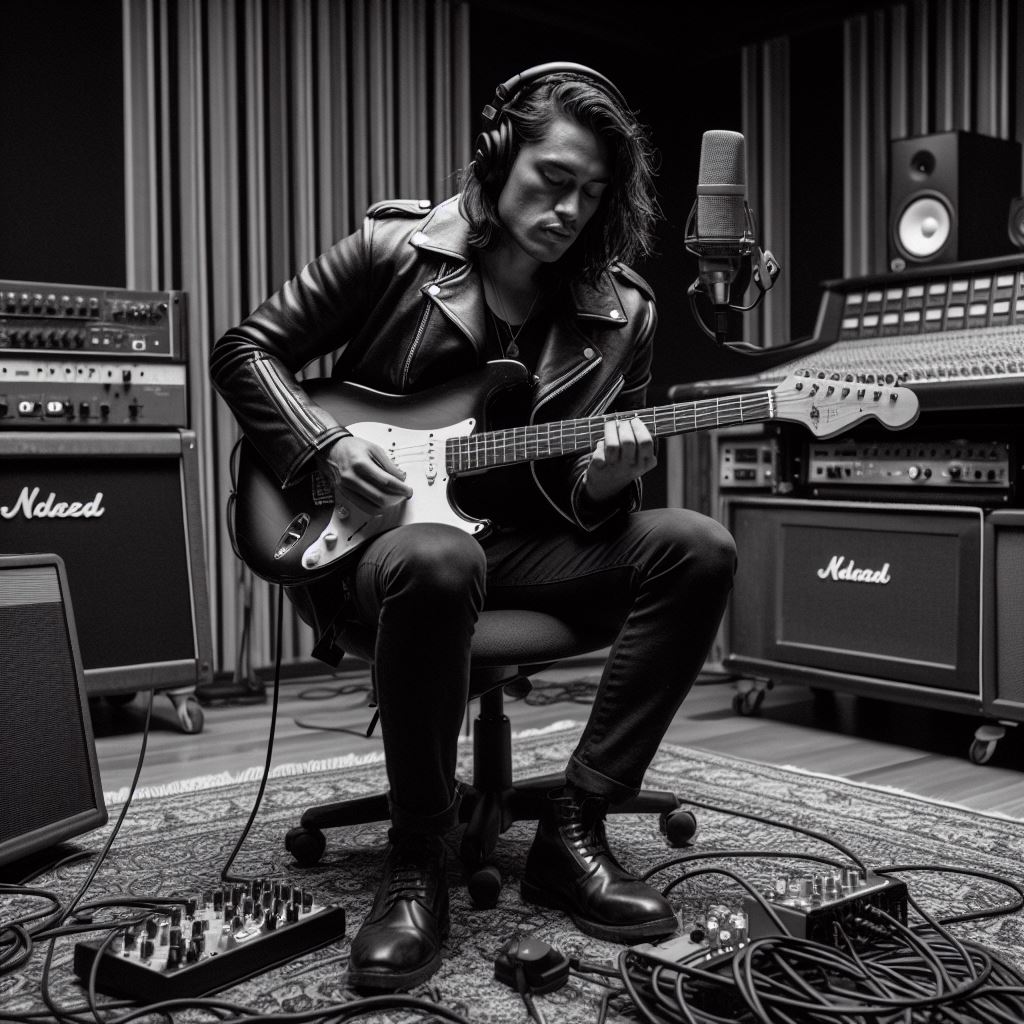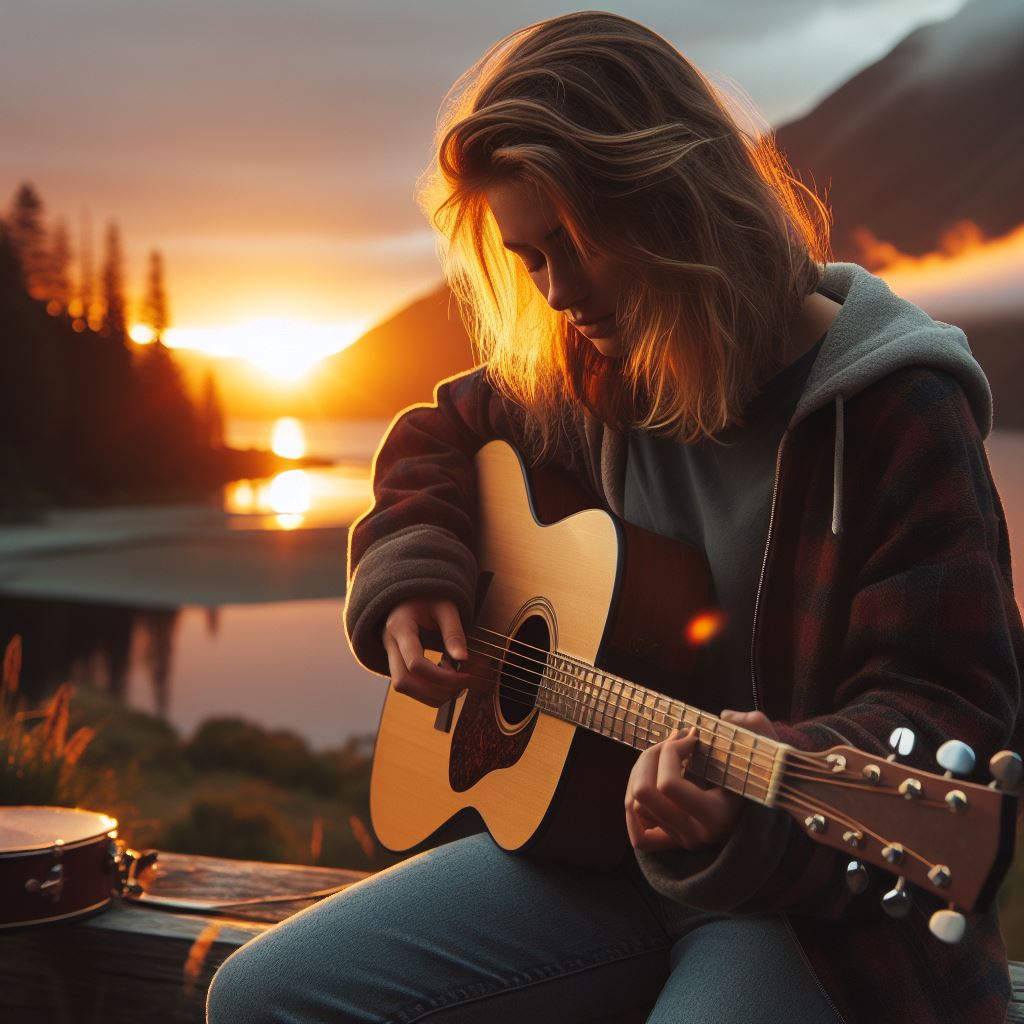Introduction
For aspiring artists in New Zealand, the journey from education to success is both exhilarating and challenging.
In this section, we explore the paths that New Zealand artists embark on to achieve their creative aspirations.
Education serves as a foundational stepping stone for artists, providing essential skills and knowledge.
From formal art schools to self-directed learning, artists pursue diverse educational avenues to hone their craft.
Beyond technical skills, artists also cultivate creativity, resilience, and a unique artistic voice through education.
However, the transition from education to success in the art world requires more than just skill development.
Navigating the art industry demands strategic planning, networking, and entrepreneurial acumen.
Many artists engage in internships, residencies, and mentorship programs to gain practical experience and industry insights.
Building a strong portfolio and online presence is crucial for artists to showcase their work and attract opportunities.
Moreover, understanding market trends and audience preferences helps artists tailor their creative endeavors effectively.
Success for New Zealand artists encompasses various forms, from gallery exhibitions to public installations and commercial commissions.
Embracing diversity and cultural heritage enriches the artistic landscape and fosters a vibrant creative community.
Collaboration with fellow artists, galleries, and cultural institutions expands artists’ reach and impact in society.
The journey of New Zealand artists is as diverse and dynamic as their artistic expressions.
Each artist’s path is unique, shaped by personal experiences, challenges, and triumphs along the way.
In the following section, we will delve deeper into the strategies and stories of successful New Zealand artists.
By learning from their journeys, aspiring artists can navigate their own paths to creative fulfillment and success.
Formal Education for NZ Artists
Formal education plays a crucial role in shaping the paths of New Zealand artists.
There are various types of formal education available for aspiring artists in NZ, including art schools, universities, and specialized institutions.
This blog section will discuss the relevance of formal education, its benefits, and provide examples of successful NZ artists who pursued formal education.
Relevance of Formal Education
Formal education is highly relevant for NZ artists as it provides them with a strong foundation to cultivate their artistic skills and knowledge.
It offers structured guidance, in-depth learning, and opportunities for artistic growth.
Types of Formal Education for Aspiring Artists
- Art Schools: NZ boasts renowned art schools like Elam School of Fine Arts, Whitecliffe College of Arts and Design, and Dunedin School of Art. These institutions offer specialized art programs.
- Universities: Many universities in NZ offer art-related degrees, such as Bachelor of Fine Arts (BFA) or Bachelor of Visual Arts (BVA).
- Specialized Institutions: Some specialized institutions focus on specific art forms, such as photography, sculpture, or graphic design.
Benefits of Formal Education for NZ Artists
Formal education provides numerous benefits that contribute to the success of NZ artists:
- Developing Technical Skills: Through formal education, artists learn various techniques, mediums, and tools, enhancing their technical abilities.
- Critical Thinking Abilities: Formal education encourages artists to think critically, analyze their work, and explore conceptual ideas.
- Networking Opportunities: Attending art schools and universities allows artists to connect with like-minded individuals, establish valuable relationships, and collaborate on projects.
- Exposure to Different Art Forms: Formal education exposes artists to different art forms, styles, and perspectives, broadening their artistic horizons and promoting experimentation.
- Enhancing Professionalism: Formal education equips artists with knowledge of art history, professionalism, and business practices, enabling them to navigate the art industry effectively.
NZ Artists Who Found Success through Formal Education
Several NZ artists have pursued formal education and achieved remarkable success. Some notable examples include:
- Lisa Reihana: Reihana graduated from Auckland’s Elam School of Fine Arts and has gained international recognition for her multimedia installations and photographs.
- Shane Cotton: Cotton completed his Bachelor of Fine Arts at the University of Auckland’s Elam School of Fine Arts and has become one of NZ’s leading contemporary painters.
- Frances Hodgkins: Hodgkins attended London’s Polytechnic School of Art and later became an influential modernist painter, leaving a lasting impact on NZ’s art scene.
Basically, formal education holds immense relevance for NZ artists. Art schools, universities, and specialized institutions provide aspiring artists with the necessary skills, knowledge, and networking opportunities.
The benefits of formal education, ranging from technical skill development to critical thinking abilities, contribute to the success of NZ artists.
The examples of Lisa Reihana, Shane Cotton, and Frances Hodgkins serve as inspirations for aspiring artists to pursue formal education on their path to success.
Read: NZ Artists’ Paths: Education to Success
Self-taught Artists
Presence of self-taught artists in NZ’s art scene.
Self-taught artists play a significant role in New Zealand’s art scene. They bring a unique perspective and contribute to the diverse artistic landscape of the country.
Reasons why some artists choose not to pursue formal education,
The decision of some artists to not pursue formal education in art can stem from various reasons.
Financial constraints might make it difficult for them to afford traditional art schools or university programs.
Others may have personal preferences and believe in learning through their own exploration and experimentation.
Challenges and advantages of being a self-taught artist.
Being a self-taught artist comes with its own set of challenges and advantages. One of the main challenges is the lack of structured guidance and critique that formal education provides.
Self-taught artists often struggle with finding their artistic voice and refining their techniques without formal training.
However, being self-taught also offers unique advantages. It allows artists to develop their own style and approach, free from the influence of established norms and conventions.
They have the freedom to experiment with different mediums, techniques, and subject matters, leading to innovative and unconventional artwork.
Examples of successful self-taught NZ artists and their unique artistic journeys
Several successful self-taught artists from New Zealand have made a mark in the art world. One such artist is Lisa Reihana.
She gained international recognition for her multimedia installation, “in Pursuit of Venus [Infected].” Reihana’s journey as a self-taught artist showcases her determination and passion.
Another notable self-taught artist is Shane Cotton. Cotton’s work explores themes of identity, history, and culture.
His unique artistic journey without formal education has allowed him to develop a distinctive style that combines indigenous symbols and contemporary imagery.
Dean Buchanan is yet another self-taught artist who has found success in New Zealand’s art scene.
Through his vibrant and expressive landscapes, Buchanan captures the beauty and essence of the country. His journey as a self-taught artist reflects his dedication and commitment to his craft.
These successful self-taught artists demonstrate that education is not the sole determinant of artistic success.
They embody the spirit of perseverance, passion, and self-discovery. Their unique paths showcase the power of individual creativity and the importance of nurturing one’s artistic vision.
Personalized Career Consulting
Unlock your potential with expert career advice tailored to your goals. Get personalized guidance and actionable steps toward your dream career in New Zealand.
Get StartedWhile formal education undoubtedly offers valuable knowledge and skills, self-taught artists illuminate the possibilities that arise when artists forge their own paths.
Their presence in New Zealand’s art scene enriches the creative landscape, inspiring others to embrace their artistic journey, whether self-taught or formally educated.
Ultimately, the choice to pursue formal education or choose a self-taught path is a personal one.
The art world welcomes and appreciates artists from all backgrounds, recognizing that creativity knows no boundaries and is not confined by the walls of a classroom.
Read: Women in NZ Music: Rising Stars
Alternative Educational Paths
When it comes to pursuing a career as an artist in New Zealand, traditional educational paths are not the only options available.
Aspiring artists can explore alternative routes that can lead them to success. These alternative educational paths provide flexibility, affordability, and real-world experience.
In this section, we will discuss different alternative pathways that aspiring artists can take to achieve their dreams.
Workshops
One alternative educational path for aspiring artists in New Zealand is to attend workshops. Workshops offer short-term intensive courses focusing on specific skills or techniques.
These courses are often led by experienced artists and provide hands-on learning opportunities.
By participating in workshops, aspiring artists can acquire new skills and techniques, expand their artistic knowledge, and network with other like-minded individuals.
Mentorship Programs
Mentorship programs are another valuable alternative educational path that aspiring artists can consider.
These programs pair emerging artists with established professionals who can provide guidance, support, and advice.
Through mentorship, aspiring artists can receive insights into the art industry, receive constructive feedback on their work, and gain valuable connections.
Mentorship programs give artists the opportunity to learn directly from experienced individuals and navigate the challenges of the art world.
Artist Residencies
Artist residencies provide artists with dedicated time and space to focus on their artistic practice.
These programs offer artists the opportunity to live and work in a supportive and inspiring environment.
Artist residencies can range from a few weeks to several months and provide artists with access to studio space, resources, and often include interactions with fellow artists and potential collaborations.
This alternative educational path allows artists to immerse themselves fully in their practice and develop their artistic voice.
Online Courses
In today’s digital age, online courses have become increasingly popular as an alternative educational path for aspiring artists.
Online courses offer flexibility in terms of scheduling and location, allowing artists to learn at their own pace and from the comfort of their own homes.
These courses cover a wide range of topics, from technical skills to art theory, and are often taught by industry professionals.
Online courses provide artists with accessible and affordable educational opportunities, making them an appealing option for many.
Benefits of Alternative Educational Paths
These alternative educational paths offer numerous benefits to aspiring artists in New Zealand.
Firstly, they provide flexibility, allowing artists to pursue their education while accommodating their personal commitments.
Unlike traditional educational institutions, alternative paths often have more flexible schedules and opportunities for part-time participation.
Secondly, alternative paths are often more affordable, as they don’t require long-term commitments or expensive tuition fees.
Lastly, these alternative paths provide real-world experience and opportunities for artists to build their networks within the art community.
Success Stories: NZ Artists
Several New Zealand artists have found success through alternative educational paths.
One notable example is Lucy McLauchlan, who learned her craft through participating in community art projects and attending workshops.
Her work has gained international recognition, and she has exhibited in various galleries around the world.
Another success story is Reuben Paterson, who developed his artistic skills by participating in artist residencies both in New Zealand and abroad.
Paterson’s unique use of glitter in his artworks has garnered him considerable acclaim, and he has exhibited in prestigious galleries, including the Saatchi Gallery in London.
These artists prove that alternative educational paths can lead to successful artistic careers.
By embracing workshops, mentorship programs, artist residencies, and online courses, aspiring artists in New Zealand can find their own unique paths to success.
Read: NZ Music Festivals: Behind Scenes

Balancing Education and Artistic Development
Importance of finding a balance between formal education and artistic development
When it comes to the journey of New Zealand artists, finding a balance between formal education and artistic development is crucial.
While education provides fundamental knowledge and skills, artistic development allows artists to explore their unique talents and pursue their creative visions.
Transform Your Career with a Professional CV and Cover Letter
Stand out to employers with an ATS-optimized resume and tailored cover letter designed to match your dream role. Let us craft your job application materials for success!
Get StartedWays in which artists can continue their education while pursuing their artistic careers
Continuing education while pursuing an artistic career is a challenge, but there are various ways artists can accomplish this.
One option is to enroll in part-time or online courses that are flexible and tailored to their specific needs.
These courses can be related to their artistic field or focus on complementary subjects like marketing or business management.
Value of lifelong learning and professional development opportunities for artists
Moreover, artists should not limit themselves to formal education. Lifelong learning is vital for their growth and success.
Engaging in workshops, attending conferences, and participating in collaborative projects enable artists to expand their horizons, gain new perspectives, and stay updated with the latest trends in their industry.
Tips and resources for artists seeking to balance education and artistic growth
Professional development opportunities are abundant for artists in New Zealand.
Many organizations offer grants, scholarships, and mentorship programs that can support their artistic journey while pursuing further education.
Artists should actively seek out such opportunities and apply for them as they can provide financial aid, guidance, and exposure.
Here are some valuable tips and resources for artists seeking to balance education and artistic growth:
Create a Schedule
Ensure you allocate specific time for both education and artistic practice in your daily or weekly routine.
Prioritize
Identify your goals and prioritize them accordingly, understanding that some sacrifices may need to be made.
Seek Suppor
Build a network of fellow artists, mentors, and educators who can provide guidance and support.
Embrace Flexibility
Be open-minded and adaptable, as unexpected opportunities for learning and artistic growth may arise.
Utilize Online Resources
Take advantage of online platforms, such as artist communities, forums, and educational websites, to access valuable resources.
Reflect and Evaluate
Regularly assess your progress and determine if adjustments need to be made in your educational and artistic pursuits.
Therefore, finding a balance between formal education and artistic development is essential for New Zealand artists.
By continuing their education, embracing lifelong learning, and utilizing various resources and opportunities, artists can enhance their skills, broaden their perspectives, and achieve success in their artistic careers.
Read: Maori Music: NZ’s Rich Heritage
Conclusion
In closing, education plays a significant role in the success of NZ artists.
It provides them with the necessary skills, knowledge, and network to thrive in their careers.
Aspiring artists should explore different educational paths that align with their goals and circumstances.
Whether it’s formal education, apprenticeships, or self-teaching, each path offers unique opportunities for growth.
By highlighting the diverse paths that NZ artists have taken to achieve success, it becomes clear that there is no one-size-fits-all approach.
Creativity is not limited to the confines of a classroom, and success can be achieved through unconventional means.
Aspiring artists should embrace their individuality, take risks, and constantly seek new experiences to enhance their artistic journey.
Education is a lifelong process, and artists should never stop learning and exploring.
By combining their passion with the right educational opportunities, aspiring NZ artists can pave their own path towards success.




